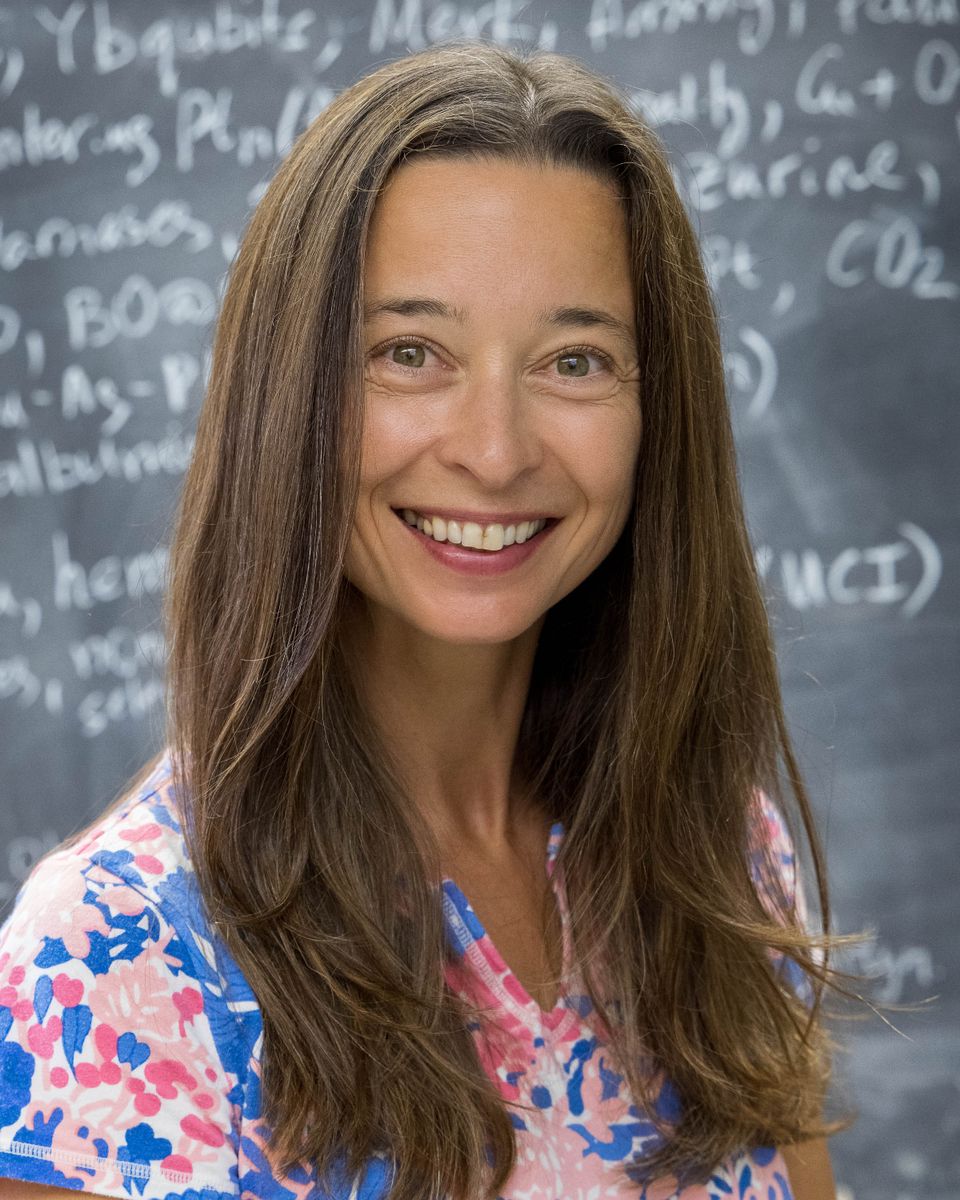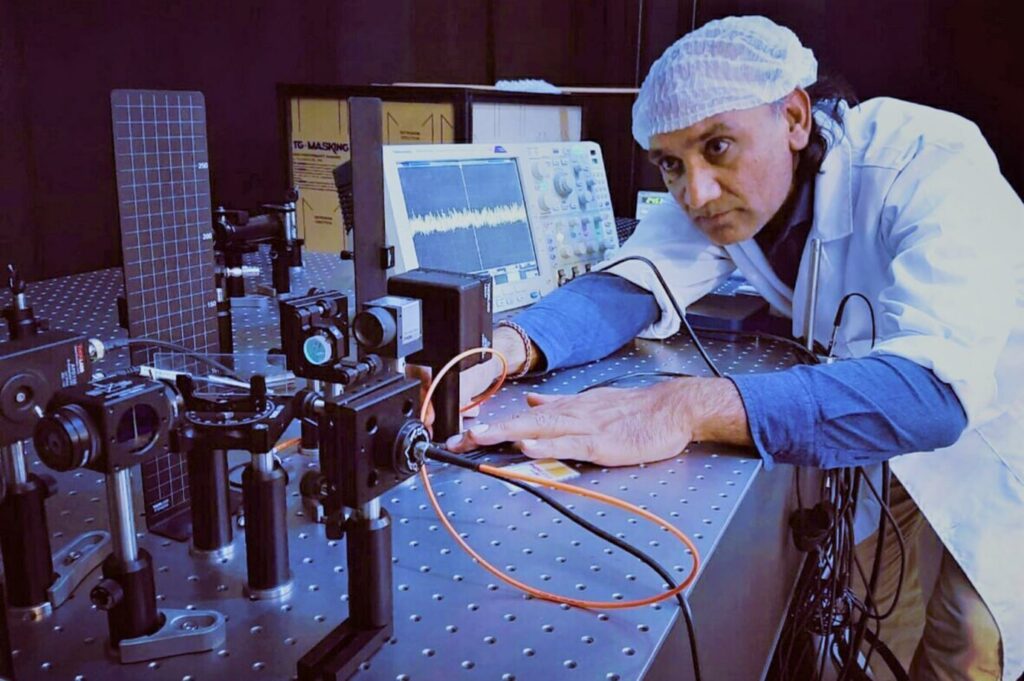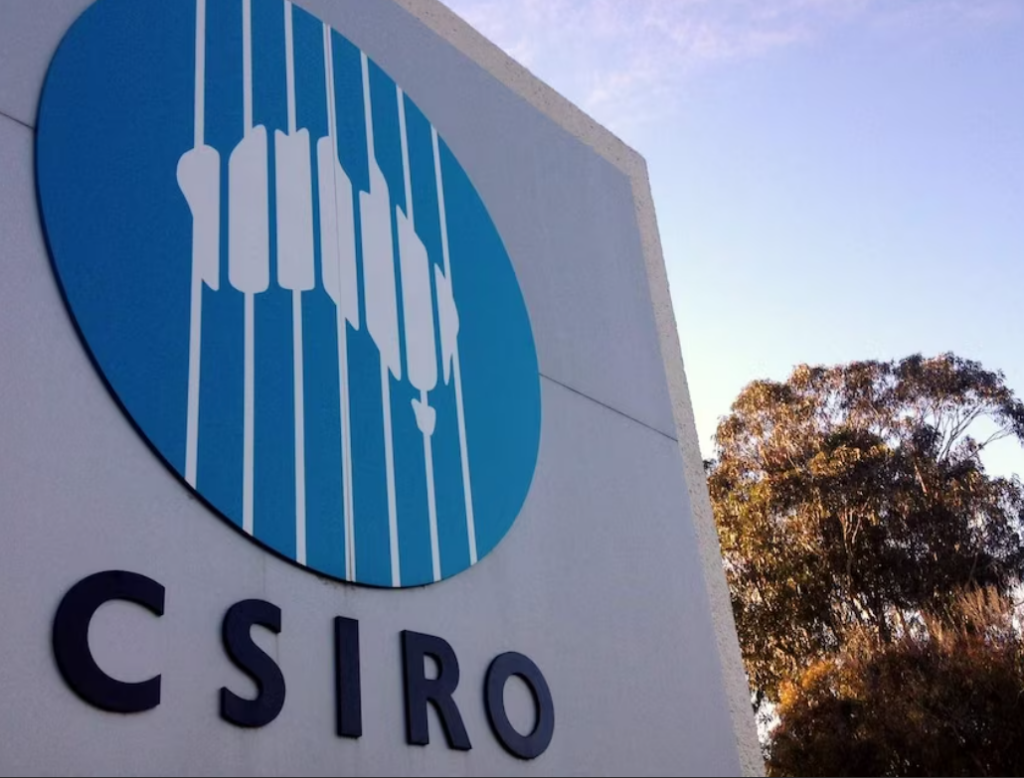Insider Brief:
- The National Science Foundation has awarded UCLA $1.8 million over three years to establish the Center for Advanced Molecular Architectures for Quantum Information Science.
- The center’s research team will be working on an entirely new branch of chemistry involving the creation of molecules that act as qubits.
- At the new center, chemists, physicists and engineers will collaborate to refine and expand this repertoire of quantum functional groups while also exploring new alternatives for increasing the stability and scalability of qubits.
UNIVERSITY RESEARCH NEWS —LOS ANGELES/August 23, 2022 — The National Science Foundation has awarded UCLA $1.8 million over three years to establish the Center for Advanced Molecular Architectures for Quantum Information Science, to be led by chemistry professor Anastassia Alexandrova.
Alexandrova and her UCLA chemistry colleagues Justin Caram and Miguel Garcia-Garibay, UCLA physics professor Eric Hudson and USC chemist Anna Krylov will be working in an entirely new branch of chemistry involving the creation of molecules that act as qubits, the basic units of information in quantum computing. These designer molecules could enable substantially more flexible, scalable and practical quantum computing systems than those being explored today.
Traditional computer bits rely on the movements of electrons within silicon and can exist in one of two states, typically represented by 1 and 0. Quantum bits, or qubits, which take advantage of the strange behaviors materials have at atomic and subatomic scales, can exist in multiple states at the same time and so can store a much wider range of values, increasing a computer’s processing power far beyond the capabilities of conventional computers. However, creating qubits in sufficient quantities that are stable enough to function within a quantum computer system has been a challenge.

“We used to use atoms for this purpose, but an atom doesn’t hang alone in space. They naturally form molecules, so it’s a fragile architecture,” Alexandrova said. To address this, she and her colleagues have been begun developing new molecule fragments called quantum functional groups, which can be attached to molecules or surfaces to form qubits and to help lock these qubits’ quantum behavior into steady, predictable patterns. Quantum functional groups on molecules can be made and scaled to trillions of identical qubits that could form the architecture of enormous quantum computers, Alexandrova said.

At the new center, chemists, physicists and engineers will collaborate to refine and expand this repertoire of quantum functional groups while also exploring new alternatives for increasing the stability and scalability of qubits.
SOURCE: UCLA
Image: Anastassia Alexandrova. Source: Reed Hutchinson/UCLA
If you found this article to be informative, you can explore more current quantum news here, exclusives, interviews, and podcasts.



















